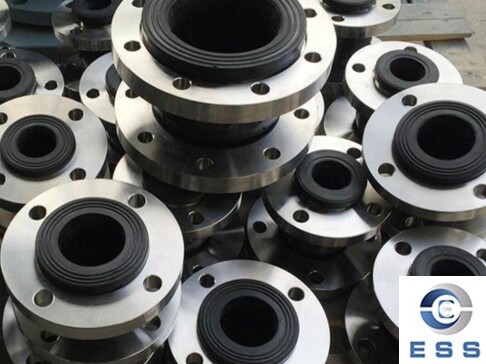Concentric reducers and flanges can be directly connected through flange connectors, but it is necessary to
understand the relevant information through flange supplier,
select the appropriate flange type, understand the connection method, and
ensure the quality and safety of the connection. In engineering practice, the
connection of concentric reducers and flanges is a common task. Understanding
the connection methods and precautions between them is crucial to ensuring the
quality and safety of the project.

Preparation before connection
Before connecting the concentric reducer
and flange, the following preparations need to be made:
1. Check whether the model and
specifications of the concentric reducer and flange meet the design
requirements, and ensure that the connection ports between the two match.
2. Check whether the surfaces of the
concentric reducer and flange have defects such as rust and cracks, and deal
with them in time if necessary.
3. Prepare the required connectors, such as
bolts, nuts, gaskets, etc., and check whether their quality meets the
requirements.
Connection process
The connection between the concentric
reducer and the flange is mainly achieved through flange connectors. The
specific steps are as follows:
1. Align the connection ports of the
concentric reducer and the flange to ensure that the connection surface is flat
and free of impurities.
2. Place a gasket at the connection port.
The function of the gasket is to increase the sealing and prevent leakage.
3. Use bolts and nuts to tightly fix the
concentric reducer and flange together. During the tightening process, pay
attention to uniform force to avoid deformation or damage caused by
over-tightening.
Inspection after connection
After the connection is completed, the
following inspections are required to ensure the quality and safety of the
connection:
1. Check whether the connection is tight
and seamless. If necessary, readjust and tighten.
2. Check whether the connectors are
complete and intact. If they are missing or damaged, they need to be replaced
in time.
3. Test the sealing of the connection to
ensure that there is no leakage.
Precautions
During the connection process of the
concentric reducer and flange, the following points need to be noted:
1. Select the appropriate flange type and
connector according to the engineering requirements and pipeline materials.
2. Keep the pipeline and flange clean
during the connection process to avoid impurities affecting the connection
quality.
3. Strictly follow the specifications to
ensure the safety and quality of the connection process.
Summary
The connection of the concentric reducer
and flange is an important engineering task that needs to be taken seriously.
By understanding the connection methods, precautions and inspection
requirements, you can ensure the quality and safety of the connection, and
provide guarantee for the smooth progress of the project.













 Eastern Steel Manufacturing Co.,Ltd not only improve product production and sales services, but also provide additional value-added services. As long as you need, we can complete your specific needs together.
Eastern Steel Manufacturing Co.,Ltd not only improve product production and sales services, but also provide additional value-added services. As long as you need, we can complete your specific needs together.










